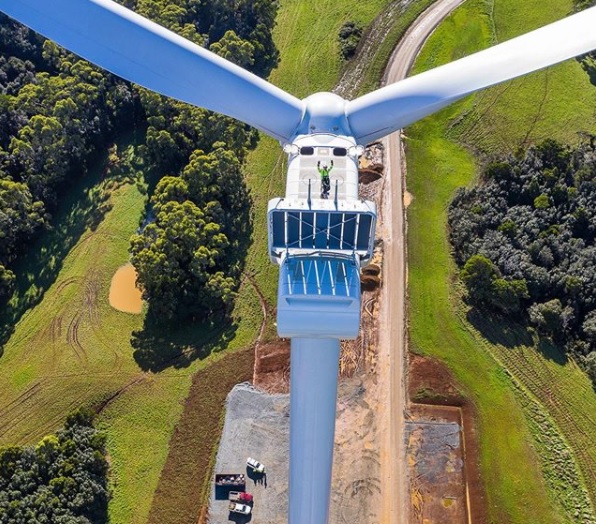One of the actions in the Draft Tasmanian Renewable Energy Action Plan 2020 is to “undertake community consultation on an ambitious net zero emissions target”. Tasmania already has a net zero emissions target of 2050, in line with other states, but the Action Plan comments that there may be opportunity to adopt a more ambitious target.
While our electricity is already at almost 100% renewable, Tasmania still produces emissions through other activities. For example, according to the State and Territory Greenhouse Gas Inventories 2018, Tasmania produced 1.9 million tonnes of CO2-equivalent emissions (Mt CO2-e) from transport (cars, trucks, rail etc) and 1.0 Mt CO2-e from energy inputs into manufacturing and construction (for example, natural gas).
Around the world, emissions are being reduced by replacing petrol and diesel cars with electric vehicles (EVs), and technology is advancing to replace natural gas used for industrial heating with green hydrogen. Reducing emissions will mean Tasmania needs to generate more renewable energy – each EV uses around 4 MWh per year, and generating 1 MWh of green hydrogen requires 1.3 MWh of renewable energy.
The upcoming proposed Tasmanian Renewable Energy Target will set an interim target of 150 per cent of 2022 level renewable electricity generation by 2030, and by 2040 producing twice as much renewable energy as in 2022.
You can read the Draft Tasmanian Renewable Energy Action Plan 2020 here
You can read the State and Territory Greenhouse Gas Inventories 2018 here
Image: Granville Harbour

